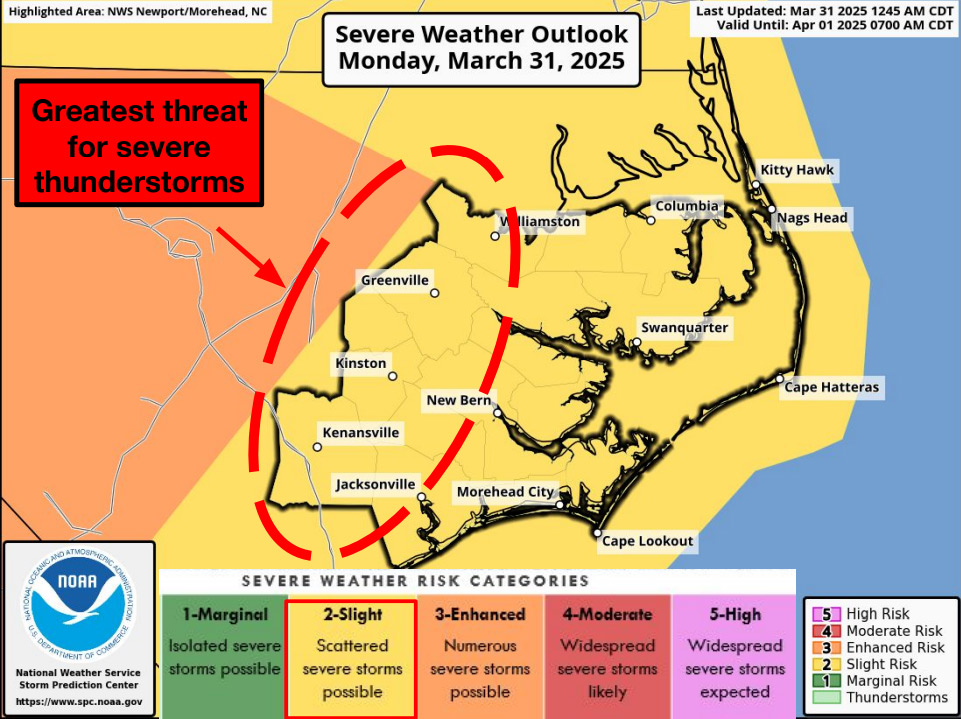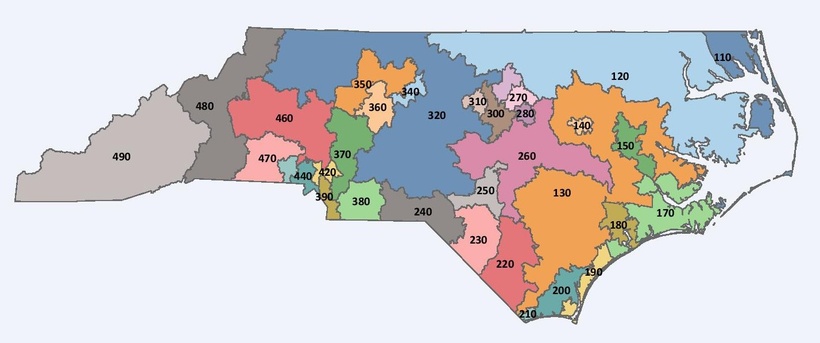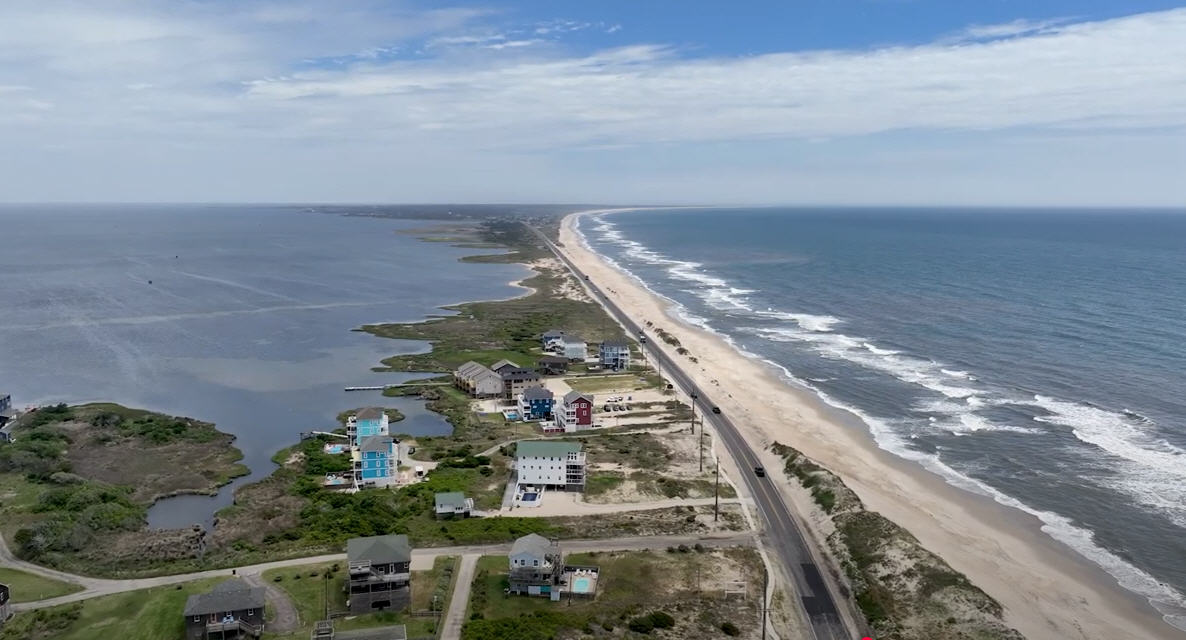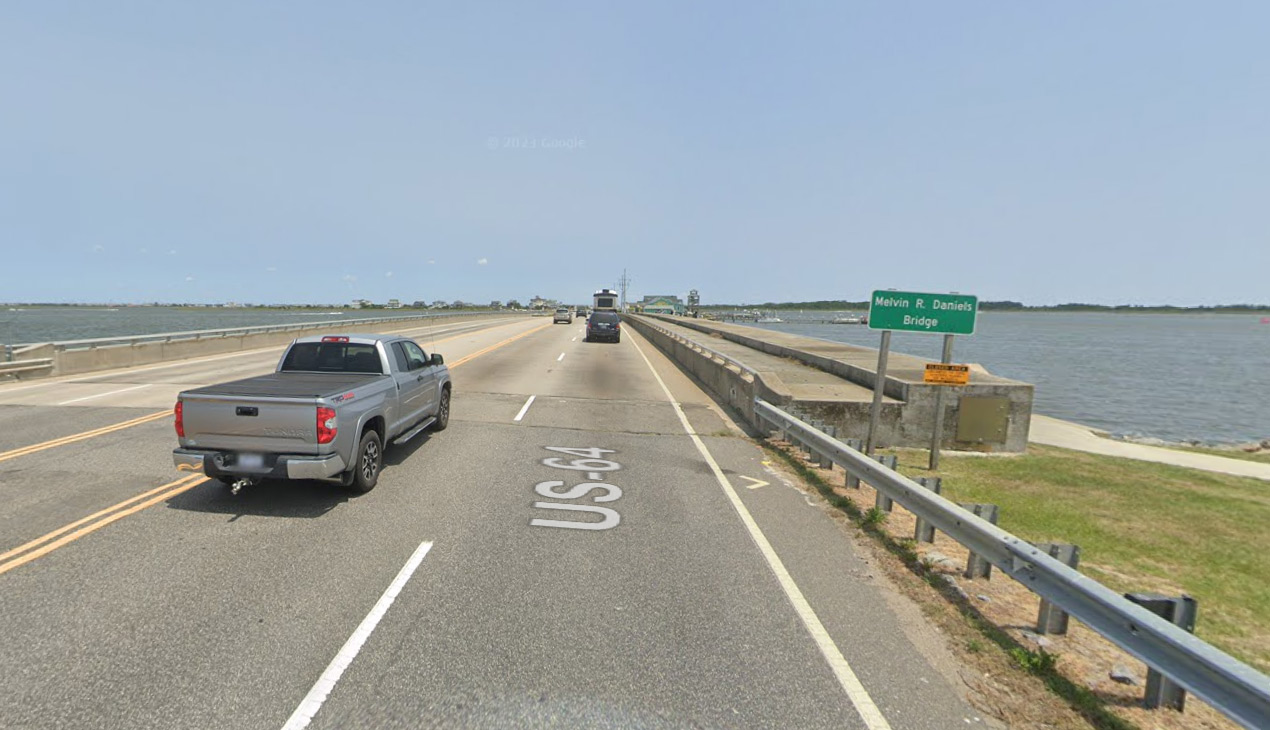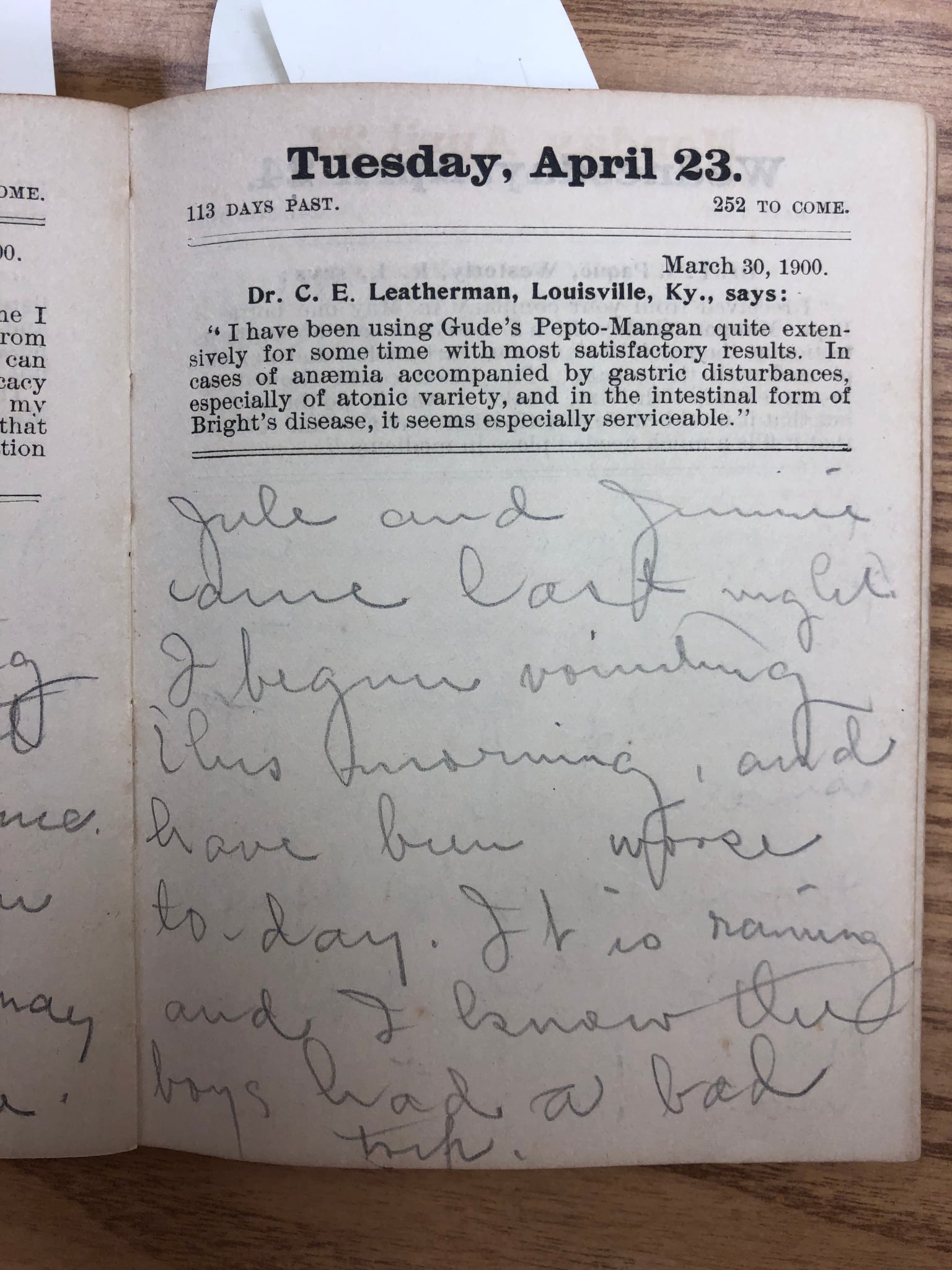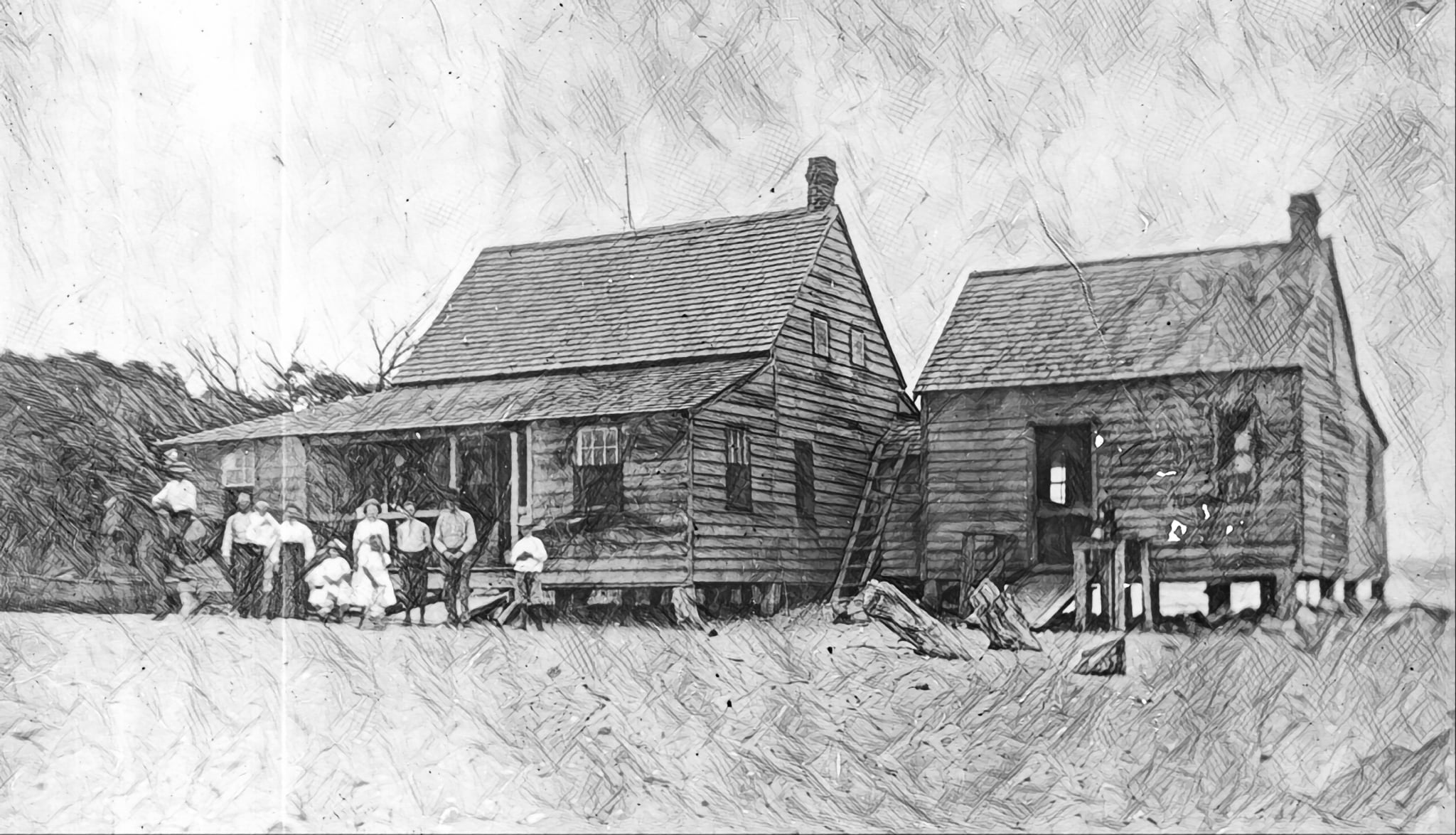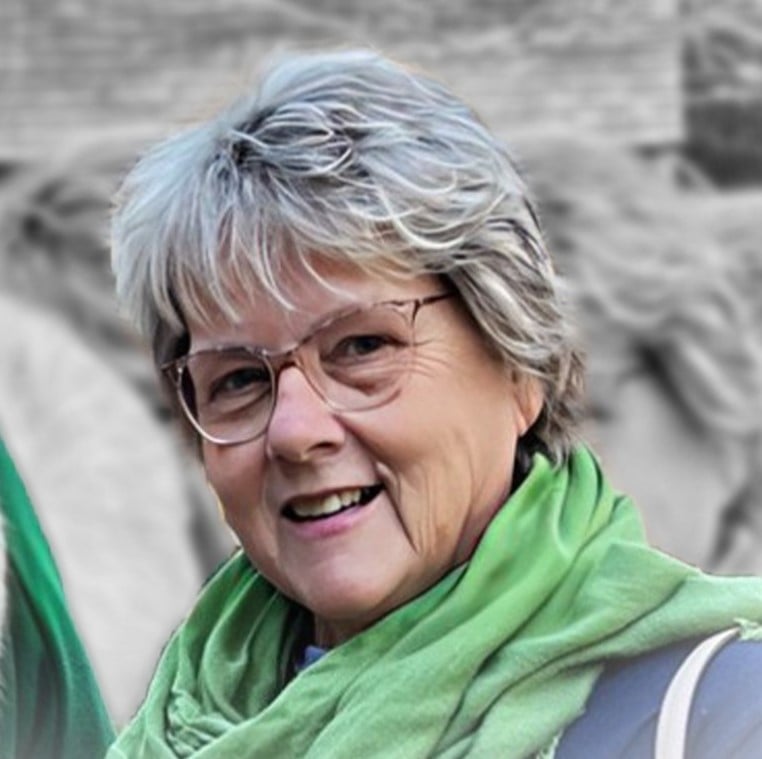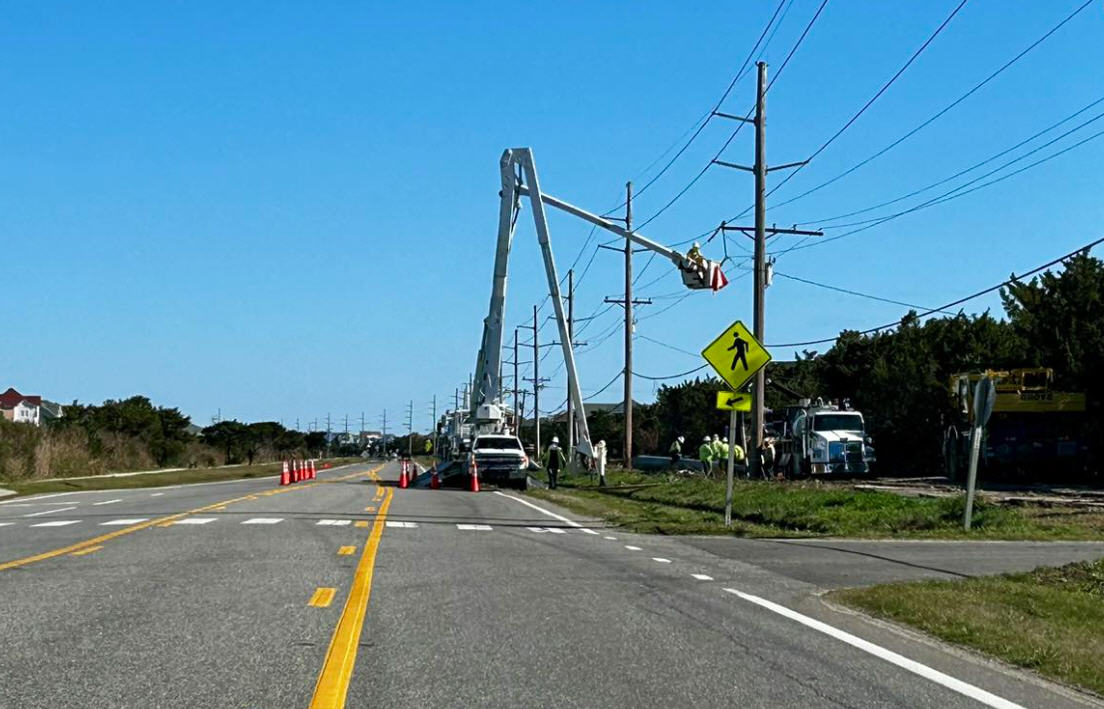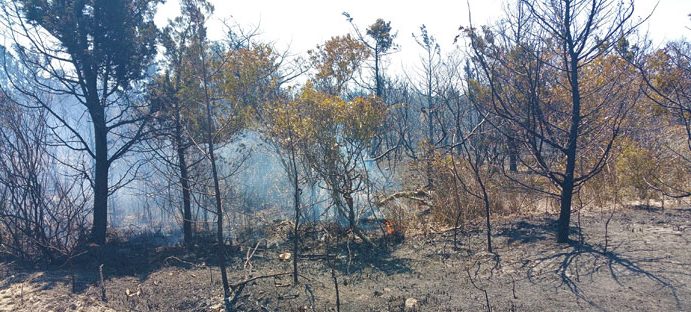Islanders weigh proposed amendments to Ocracoke Development Ordinance

The Ocracoke Advisory Planning Board came to some conclusions last week on raising permitted building heights but is still working on language for placement and use of temporary travel trailers for islanders displaced from Hurricane Dorian.
Stevie Wilson, board chair, wanted islanders to discuss new building heights and the permitting, placement and use of 35 county-owned travel trailers to provide up to 25-months of temporary housing for flood-displaced residents or workers.
At issue is amending the Ocracoke Development Ordinance (ODO) to increase the maximum Height Above Mean Sea Level, or “free boarding,” permitted for buildings — including new structures and those undergoing renovation or raising.
Tom Pahl, Ocracoke’s county commissioner, explained that three different codes interact to regulate buildings — the minimum elevation of a finished floor (free board) is set by the flood ordinance (i.e., FEMA); the ODO sets height restrictions; and the rest of a structure is covered by the building code.
Understanding that not all areas of the island are at the same physical elevation, speakers mostly agreed the current seven-foot free board height needs increasing. Suggestions ranged from 8 feet to 10 feet.
Attending his first board meeting Garick Kalna said, “I think the current height is too low where 10 feet may be too high.” Ocracoke Volunteer Fire Department Chief Albert O’Neal agreed.
“It’s certain that if you go below the nine-foot level you’re putting people in a bad position,” Ivey Belch, Ocracoke Interfaith Relief & Recovery Team (OIRRT) chair, said. “We already know that some people will get flooded again based on the water level of Dorian.”
Others argued that higher houses compromise traditional island aesthetics and would make handicapped access more difficult.
Kelly Shinn asked why FEMA is changing the flood maps to be lower. County Manager Kris Noble explained that FEMA has worked on the new maps for two years, based on statistical modeling from previous storms.
But Wilson noted that the FEMA flood maps have different elevations and that making the free board height uniform island-wide saves a lot of confusion.
“If you don’t have a uniform building code in the ODO, you’ll have different height requirements around the village and we don’t want that,” he added. “We need to base it on Height Above Mean Sea Level, since the new maps will not show a uniform flood level for the whole village.”
Preliminary maps are available online at FRIS.nc.gov/fris.
Others suggested that raising the free board height too much might keep owners from qualifying for historic preservation tax credits as they rebuild. Pahl said 100 island houses await raising.
Nevertheless, building homes above the FEMA flood levels will potentially reduce flood insurance rates, Wilson said.
Pahl also suggested that reduced insurance costs resulting from higher elevations could offset the additional construction costs to raise buildings, except for higher stairs. O’Neal said going up just one foot would reduce his insurance by $1,100 a year.
OIRRT vice-chair Darlene Styron noted that raising the free board regulation meant also raising the maximum permitted building height.
After more discussion, Ashley Harrell’s motion to raise the free board height to nine feet passed unanimously, as did Kalna’s motion to raise a permitted building’s height by two feet (41 feet) to match the additional two feet of free board.
Non-habitable accessory structures are still allowed underneath homes. Commissioners are expected to adopt new flood maps June 1.
“The main reason we need a new (height) definition is because of our new flood maps,” Wilson said. “We want the community to own the ODO, and it not be something the board makes arbitrarily which the community has to live with. This board represents the community’s interest.”
It will take another planning board meeting and a public hearing before the amendment goes before the commissioners for approval.
The evening’s lengthy travel trailer discussions focused on the number of trailers permitted per lot, distribution of yet un-promised trailers, water hookups, whether some trailers could be placed at Jerniman’s Campground and the proposed 25-month “sunset” period.
Belch said caseworkers had approved requests for 29 of the 35 trailers. Most are going to lots already owned by or available to displaced residents. Eight residents still need properties on which to place trailers.
“By doubling the current density, we could put two trailers on every 5,000 square foot lot,” Belch said. Allowing three trailers per lot, which was Pahl’s proposal, was also discussed.
But nothing was decided and will be further discussed at 5:30 p.m. on Thursday, March 5, in the Community Center because the board needs more information and input from the community.
Wilson appointed a sub-committee of Harrell, Kalna and Lena O’Neal to meet with Pahl and Belch to iron out the language for the proposed travel trailer amendment.
“I don’t see us coming to consensus tonight,” Wilson said. “I would rather call another meeting than look for a multi-faceted solution. I think it’s important that we get this (language) right for the community.
“This was a big nut to crack (tonight),” Wilson continued. “Prior to Dorian, this would have probably taken 10 meetings. If there’s anyone extremely disgruntled about it, I’m sorry. We tried to do our best for the community.”
When the board approves the ODO amendments, a public hearing is required before the county commissioners adopt them.
Nearly 40 islanders packed the firehouse meeting room Feb. 25 for the lively 2½-hour public meeting.




